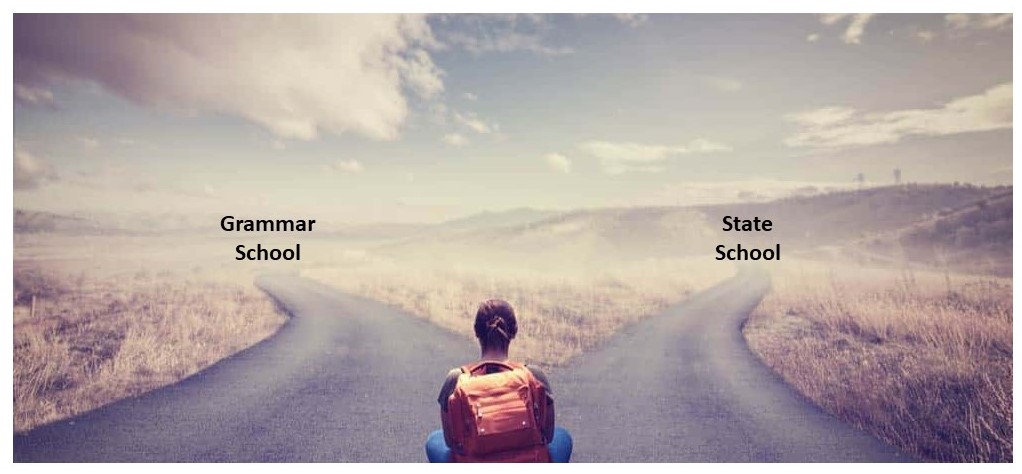

Reading comprehension is a fundamental skill that lays the foundation for academic success and lifelong learning. For high school students, developing effective strategies to tackle unseen reading comprehensions can greatly enhance their understanding, critical thinking abilities, and overall academic performance.
Here are some strategies specifically tailored to help students excel in solving unseen reading comprehensions:
Nurture vocabulary skills
A strong vocabulary is crucial for comprehending and interpreting written text. Students must be encouraged to read widely across different genres and levels to expand their vocabulary. The use of a dictionary or online resources to look up unfamiliar words can help the students to learn the contextual meaning, correct pronunciation, and spelling. Vocabulary-building activities, such as word games or word-of-the-day exercises, can make the learning process fun and interactive for the students.
Cultivate an aptitude for reading
Exposure to a wide range of reading comprehensions from different genres, including narratives, informational texts, and opinion pieces will help the student prepare for the unseen reading comprehensions. This exposure to diverse subjects and writing styles helps students develop flexibility in their reading strategies. Encourage regular practice with timed exercises to improve reading speed and comprehension accuracy.
Develop active reading techniques
Students must learn to actively engage with the text while reading. Underlining or highlighting key information, supporting details etc helps the students in enhancing focus, and maintaining the thread of the text for further reference. Techniques like breaking down the complicated sentences into smaller, more manageable chunks help students to understand the structure and meaning. Moreover, students should be encouraged to decipher the meaning of unfamiliar words by using context clues or looking for related words within the passage.
Foster the habit of analysing the question types
As they say “... that every answer is hidden in its question”. It is very important to completely comprehend the question first and then seek an appropriate answer. Some questions are inference based that don’t require explicit information from the passage. By understanding the various types of questions, students can effectively decipher the requirements of each question and strategize their approach to finding the most suitable answers within the passage.
Learn to apply skimming and scanning techniques
Students should learn the skills of skimming and scanning to navigate the passage effectively. Skimming involves quickly reading through the passage to get an overall understanding of the topic and main ideas. This technique helps students grasp the overall structure and tone of the text. Scanning, on the other hand, entails searching for specific information by quickly moving the eyes over the text. Students should use these techniques to locate relevant details or answers to specific questions without getting overwhelmed by the entire passage.
Practice summarising and paraphrasing
Summarising and paraphrasing are crucial skills for comprehending and retaining information from the passage. Students should practise summarising the main ideas and key details of the passage in their own words. This helps them internalise the content and ensures a deeper understanding of the text. Moreover, practising paraphrasing helps students rephrase information from the passage without changing its original meaning, enhancing their ability to process and interpret the text accurately.
Use prior knowledge and make connections
Students can activate their prior knowledge and make connections with the text. By drawing upon their existing knowledge and experiences, students can better understand and relate to the content of the passage. With regular practice, students can make connections between the text and real-life situations, other texts they have read, or personal experiences. This strategy helps students engage with the text on a deeper level and enhances their comprehension and critical thinking skills.
Answer justification with textual evidence
The importance of supporting answers with evidence from the passage cannot be emphasised enough. Students can refer back to the text, underline or highlight the relevant information that supports their chosen answer, and explain their reasoning. This practice not only strengthens their comprehension skills but also teaches them to rely on textual evidence to back their responses. It reinforces the idea that every answer should be based on information directly or indirectly provided in the passage.
Reflect and review
After completing a reading comprehension exercise, students can allocate time for reflection and review. With the help of a teacher or mentor, students should be encouraged to identify areas for improvement and discuss strategies they could use to overcome difficulties encountered during the exercise. This reflection and review process helps students consolidate their learning, identify areas for growth, and refine their reading comprehension strategies.
Learn Time Management
Time management is crucial when dealing with unseen reading comprehensions within a limited timeframe. Time should be allocated for reading, question analysis, and answering. The importance of setting priorities, answering easier questions first, and leaving sufficient time for reviewing and revising their responses should be stressed upon. Regular practice under timed conditions will help students refine their time management skills and boost their overall performance.
Practice, practice, practice
Consistent practice is key to improving reading comprehension skills. Students should be provided with a variety of unseen reading comprehensions to solve, ranging in difficulty levels and genres. Regular practice helps students become familiar with different types of passages, question formats, and improves their overall reading speed and accuracy. They should set aside dedicated time for reading practice and monitor their progress over time.
Conclusion
Developing effective strategies for solving unseen reading comprehensions is crucial for high school students. By focusing on vocabulary development, active reading techniques, question analysis, understanding text structure, practising skimming and scanning, justifying answers with evidence, managing time efficiently, and engaging in reflection and review, students can enhance their reading comprehension abilities and overall academic performance. Encouraging consistent practice and providing guidance will empower students to approach unseen reading comprehensions with confidence, critical thinking skills, and a deeper understanding of the text. With these strategies in place, high school students can excel in their reading comprehension endeavours and set a strong foundation for their academic journey.

